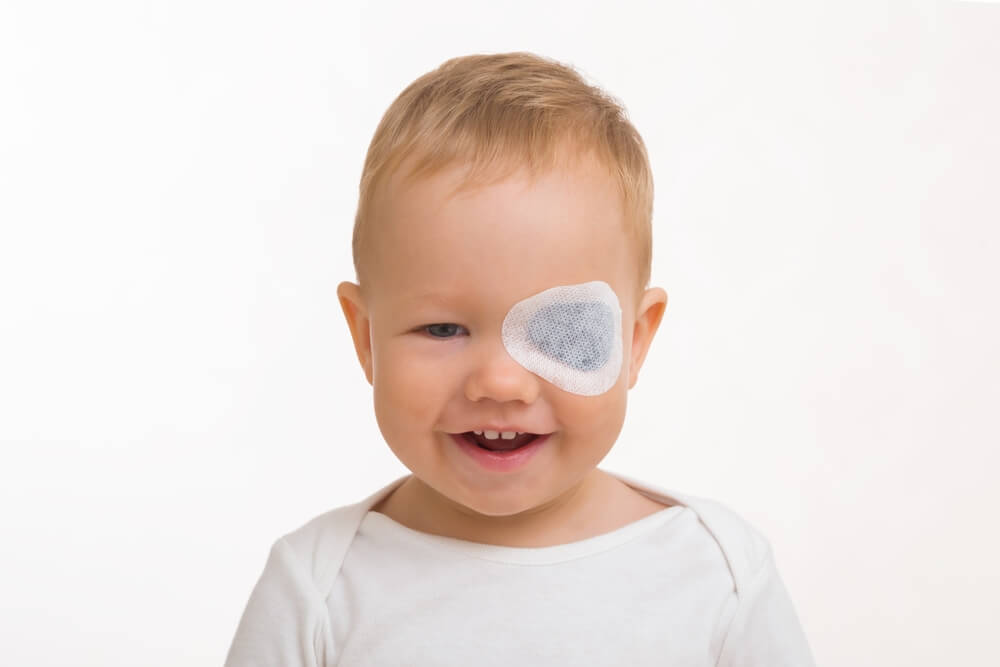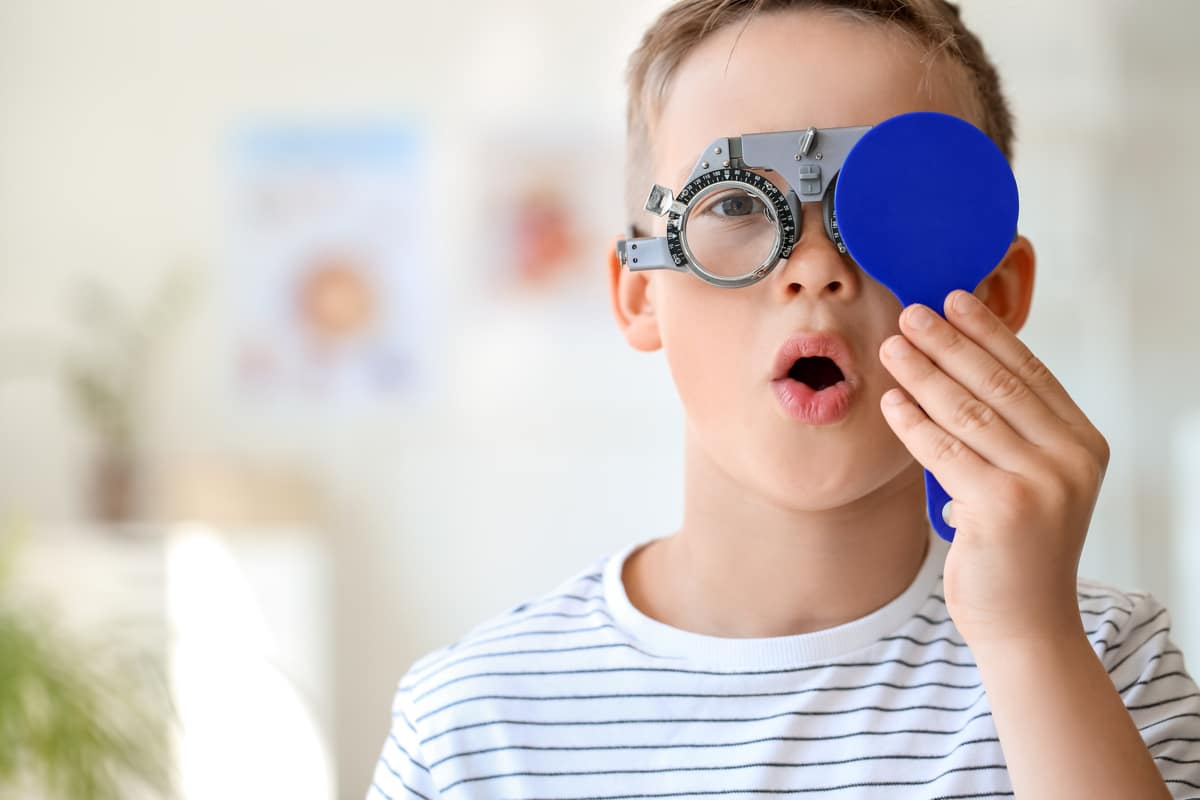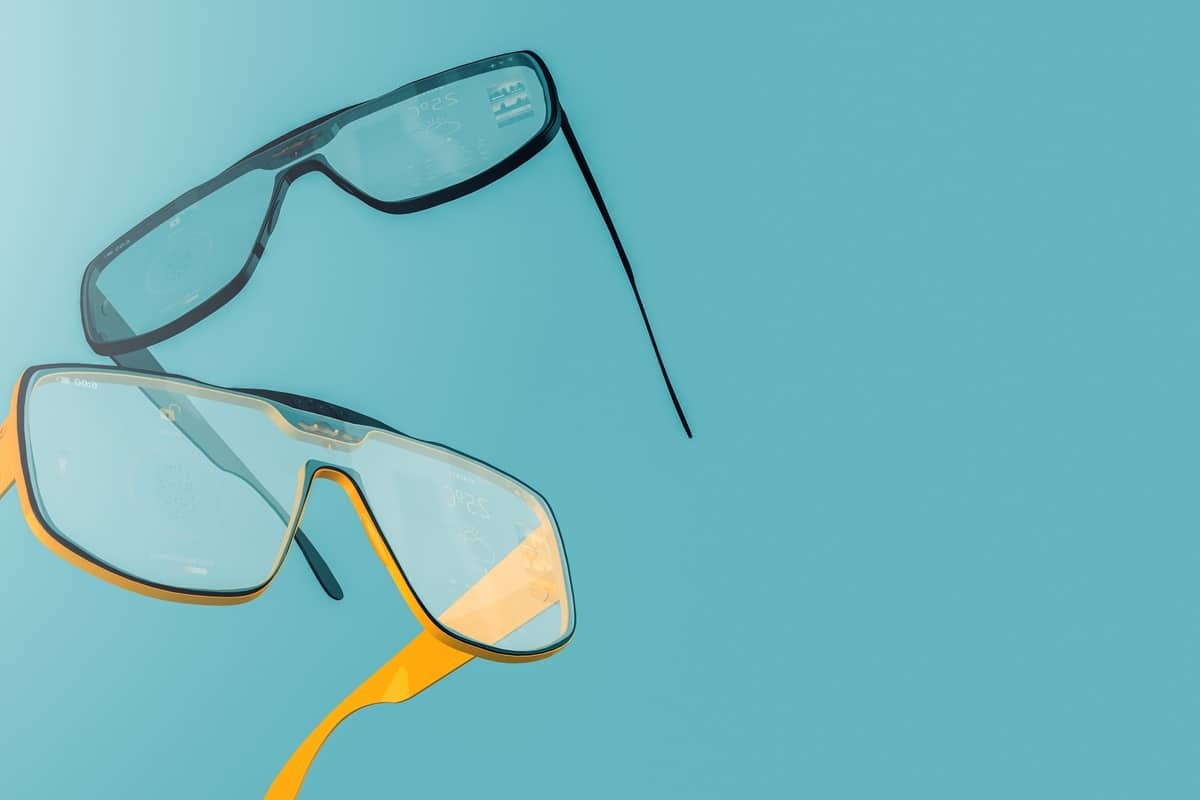A lazy eye, also known as amblyopia, is a common vision problem, especially in children. It occurs when one eye fails to develop normal vision, leading to reduced eyesight that cannot be corrected with glasses or lenses alone. The earlier it is detected and treated, the better the outcome, but many people wonder: how do you fix a lazy eye? This article will walk you through the causes, available treatments, and why early intervention is essential.
What Causes a Lazy Eye?
Understanding the root cause of a lazy eye is crucial to determining the most effective treatment. Amblyopia can arise from several factors, including:
High Prescription Difference (Refractive Amblyopia)
A significant difference in prescription between the two eyes can lead to amblyopia. One eye may become dominant, while the other remains underused, resulting in the weaker eye not developing its full visual potential. Glasses or contact lenses can help balance the prescription, but additional treatments may be necessary to fully correct the vision.
Misaligned Eyes (Strabismic Amblyopia)
A muscle imbalance causes the eyes to be misaligned, making it difficult for both eyes to focus on the same object. This misalignment forces the brain to ignore the input from one eye to avoid double vision, which can lead to the underdevelopment of that eye. In many cases, surgery may be needed to realign the eyes.
Blockage of Vision (Deprivation Amblyopia)
Sometimes, a physical obstruction, like a congenital cataract, can block the vision in one eye, causing the lazy eye to develop. If the underlying cause is not addressed quickly, the vision may not develop properly. In cases where a cataract is present, surgery may be required to remove the blockage.
Treatment Options for a Lazy Eye
Once the cause of a lazy eye is identified, various treatment options are available. Depending on the severity and type of amblyopia, your eye doctor will recommend one or more of the following:
Patching the Stronger Eye
One of the most common ways to treat a lazy eye is by patching the stronger eye. By covering the dominant eye, the brain is forced to use the weaker eye, which helps strengthen its visual capabilities. Patching is often prescribed for a few hours a day, especially during visually demanding tasks like reading or schoolwork.
There are a variety of patches available, including ones that stick directly to the skin or slip over glasses. Most children tolerate this treatment well, and patches even come in fun designs to make the experience more enjoyable. The patching process is monitored closely by an eye care professional to ensure proper progression.
Vision Therapy
Vision therapy is another effective method for treating amblyopia. This specialized form of therapy involves exercises and techniques designed to improve the coordination and function of both eyes. At Art of Optiks, vision therapy is often used in combination with other treatments to help patients strengthen their binocular vision and ocular motor functions.
This approach focuses on training the eyes to work together, which is especially important for activities that require depth perception. Vision therapy is typically tailored to the individual’s needs, with specific tools and exercises to target the areas requiring improvement.
Surgical Intervention
In some cases, surgery may be required to fix a lazy eye. This is particularly true when there is a muscle imbalance or a physical obstruction like a cataract. Eye surgeons can perform procedures to realign the eyes or remove cataracts that are causing deprivation amblyopia. The results are often remarkable, with patients experiencing significant improvements in their vision post-surgery.
While surgery is not always the first line of treatment, it is an excellent option when other methods have not yielded the desired results. Your eye care professional will discuss the best approach based on the individual case.
How Long Does it Take to Fix a Lazy Eye?
The duration of treatment for a lazy eye can vary depending on several factors, such as the age of the patient and the severity of the condition. In children, treatment often progresses quickly, with noticeable improvements within a few months. For adults, while treatment may take longer and may not fully restore vision, it can still provide substantial benefits.
Regular follow-ups with your eye care provider are essential to track progress and make any necessary adjustments to the treatment plan. Early detection and consistent treatment are key to achieving the best possible outcome.
The Importance of Early Intervention
Treating amblyopia at an early age provides the best chance for success. Since a child’s brain is still developing, it is more adaptable to interventions like patching or vision therapy. The earlier a lazy eye is diagnosed, the better the chances of correcting it without long-term vision issues. However, even adults with a lazy eye can benefit from treatment, though the results may be less dramatic.
Conclusion

If you suspect that you or your child may have a lazy eye, seeking professional help from an eye doctor is the first step toward improvement. If you or a loved one is dealing with amblyopia, contact Art of Optiks today to discuss the best treatment options available. Our comprehensive approach to vision care ensures that you receive personalized, effective treatment for any vision-related concerns.




